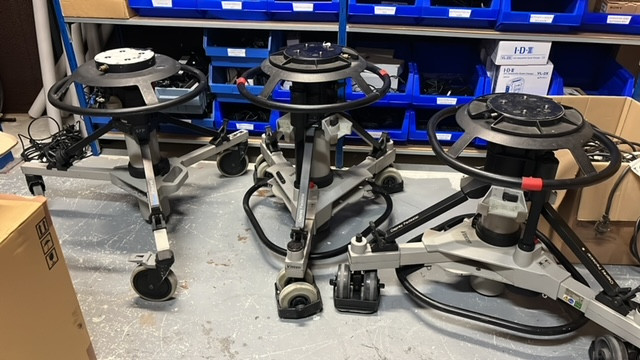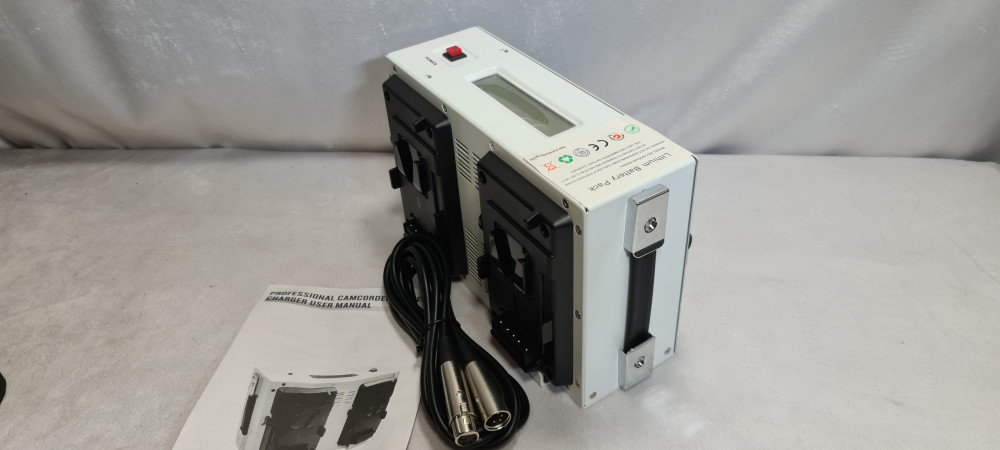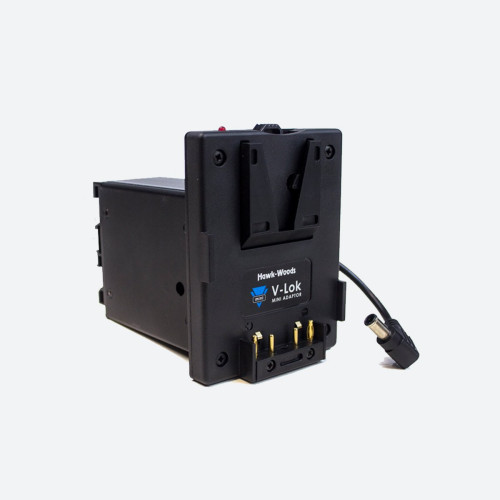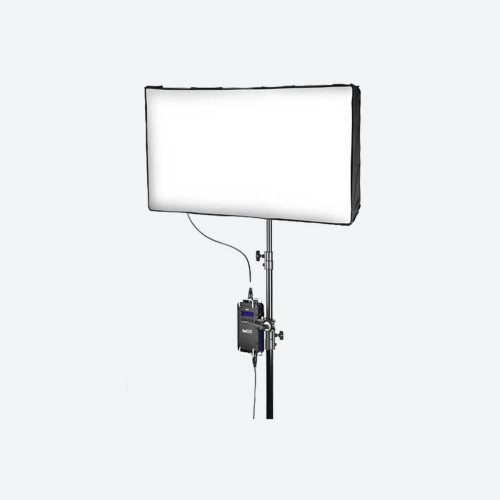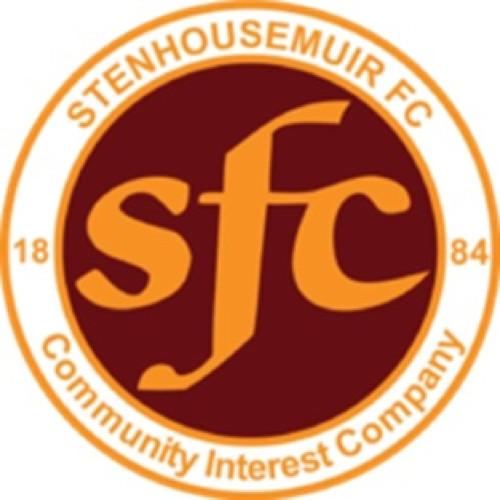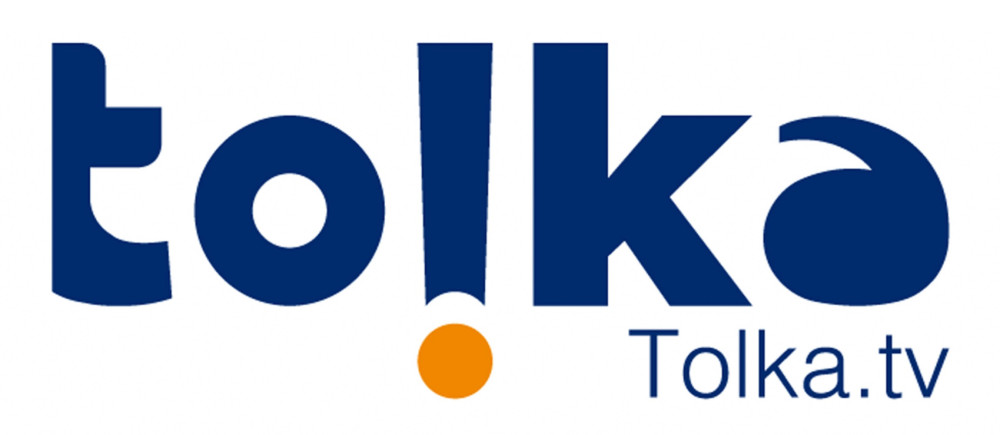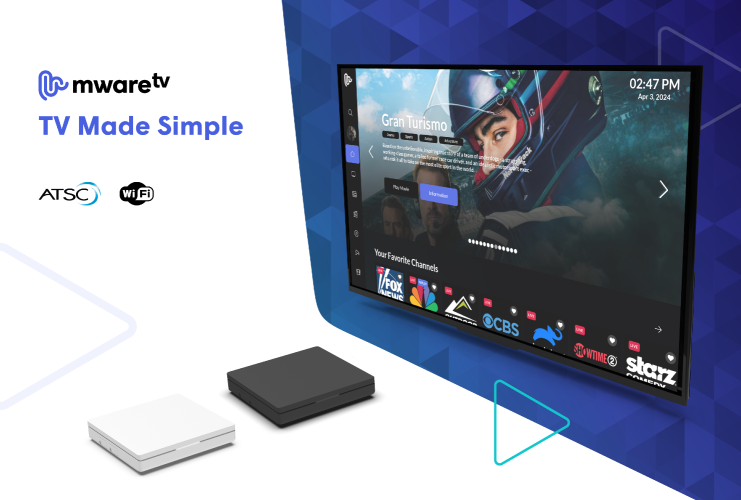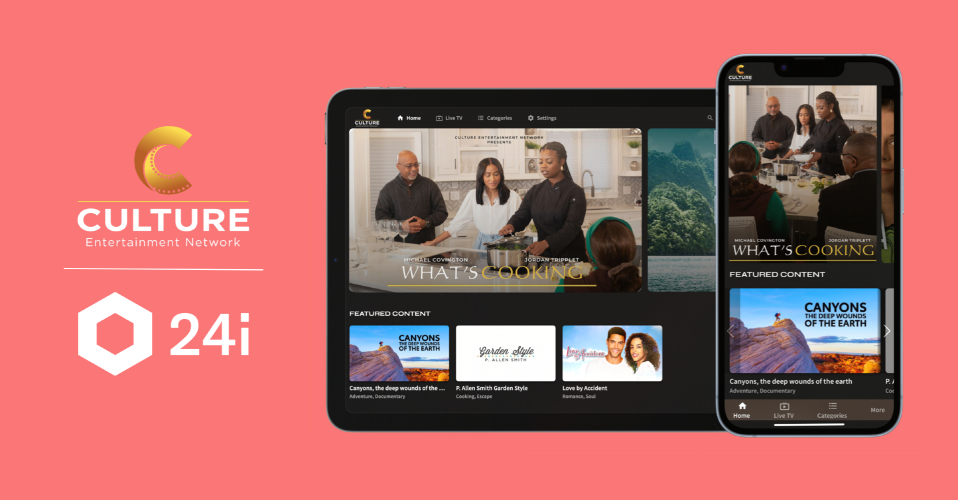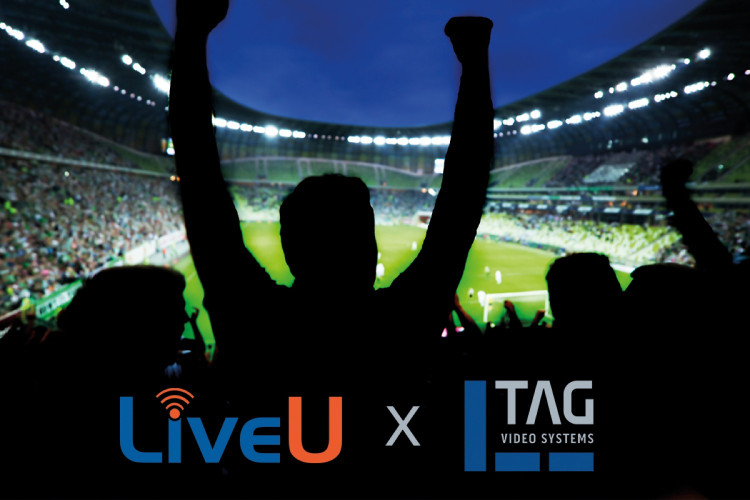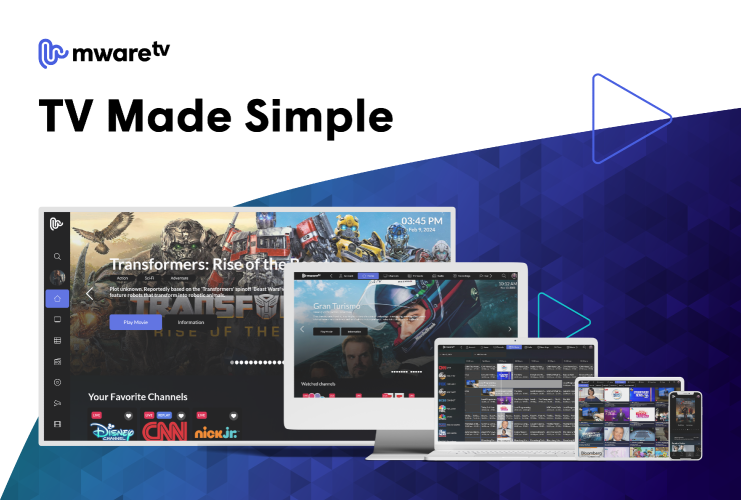The new world of live acquisition

Author: Bob Pank#
Published 1st April 2012
While the debate rages over the future of broadcast television with discussion of OTT (OTT – over-the-top delivery – think iPlayer on Virgin Media as a key example – or LoveFilm. It means an on-demand content service that is delivered over the top of another network) and time-shifting increasingly hogging the limelight, there’s one arena in which the power of broadcast indisputably holds sway and will do for many years to come: high quality live coverage. With major events - be that the UEFA Champions League Final, the US presidential election campaign or the UK riots - live coverage brings events to life for viewers. The forthcoming Olympics will doubtless be a prime example and will see a world of innovation bring viewers ever-closer to the action.
With sport the multichannel boom has seen the range and popularity of coverage grow at a rapid rate. It has meant that broadcasters (and venues) must drive towards a high-quality viewing experience in order to succeed in a competitive environment while also dealing with some harsh economic realities. We’re not only talking about broadcast coverage of the game itself, what we’ve also seen – and football is a prime example – is the rise in live in-stadium coverage of games, which means a high level of both equipment and expertise. Last year’s Rugby World Cup also highlighted the popularity of games being beamed live to home stadia for those fans that couldn’t make the trip to New Zealand. Then there’s the emergence of in-house football channels – MUTV and Chelsea TV being prime examples – that are carried around the world and the growing interest in pre- and post-game activities, such as press conferences and interviews with the players. This diversity of coverage is placing big demands on both broadcasters and venues using traditional uplinking methods.
Accompanying this is marked growth in news coverage: a quick scan of the multichannel universe reveals the volume of content required to feed these highly competitive news channels. Being first on-air with breaking news is vital in the race for viewers. What complicates matters in both examples is the constant pressure to save on both capital and operational expenditure while maintaining quality of output.
The solution is provided by the growing connectivity of terrestrial wireless networks, including 3G, 4G LTE, WiMAX, and Wi-Fi, which can provide an increasingly resilient, comprehensive and cost-effective alternative to streaming SD and HD video via traditional satellite and fibre. LiveU’s cellular uplinking technology is lightweight and highly portable, with the ability to be housed in one backpack with minimal time required for set-up and go. The bonded technology provides enough power to transmit up to 1080p HD signals using H.264 encoding – in the vast majority of cases this is using 3G networks. The device can robustly transmit video to a main hub, such as a studio or broadcast centre, or directly to an online video player for live streaming.
Let’s take a key example from last year. The riots across the UK were brought to a wide audience via some extraordinary content from Sky-carried Sangat TV – whose live coverage and community outreach efforts were described as “jaw-dropping” by the Guardian newspaper at the time.
Sangat TV, launched on Sept 1 2010, a free-to-air channel on Sky channel 847, is the first project from the Sangat Trust, a charitable organisation promoting positive values and ethics. Normally a Sikh-based religious channel with lifestyle programming, the station found itself operating as a key news outlet at the forefront of live coverage of the riots. The riots coverage came courtesy of an earlier decision to lease two LU60 units from LiveU via its local UK distributor, Garland Partners. In these fast-moving, volatile situations, LiveU’s flagship LU60 product cost-effectively provided Sangat TV with the ability to deploy camera operators quickly and with a mobility that satellite trucks simply could not match. With cameras hooked into a video-over-cellular uplink unit, all carried by the camera operators in a backpack, images were able to be relayed instantly from the very heart of the trouble.
Sangat TV actually started leasing the technology – including mobile data plans – from LiveU to provide live coverage of religious events in the UK and Europe. But as trouble flared across the UK and rumours spread, Sangat TV was contacted by a local councillor in the Handsworth area of Birmingham to make an appeal calling for peace and awareness to Sangat viewers. Rather than the councillor coming to the studio, Sangat TV took an LU60 unit, with camera attached, and broadcast him live using 3G connectivity from outside a local Sikh Gurdwara (place of worship), allowing the councillor to warn the local community and implore them to work and support the police. From that point on, the channel brought live pictures of the riots to Sky viewers using the LiveU technology that others simply couldn’t. Sangat TV footage was then used by the BBC, Sky News, ITV, CHANNEL 4, CNN and many others.
Sangat TV is hardly alone. Late 2011 saw BFMTV, France’s leading news channel, renew and expand its global agreement with LiveU for use of its flagship LU60 video uplink solution, following a comprehensive review and evaluation of alternative solutions.
BFMTV, a 24/7 non-stop news channel with more than 160 journalists and a motto of “Live First!” has been using LiveU units for more than two years for daily newsgathering and high profile events, such as the 2011 British Royal Wedding and the 2010 FIFA World Cup in South Africa. Most recently, the French broadcaster used LiveU to bring dynamic content of the NZ Rugby World Cup to viewers in France as the national team progressed to the final.
Thomas Jumel, Head of Production at BFMTV, explains, “We’ve used LiveU backpacks in all kinds of situations, both in France and internationally, as the main live feed and as a back-up for OB units. We have deployed the units in cities and the countryside, in helicopters, cars, on motorcycles, and boats. We also use the technology to send video files as well as feeds as it can provide a fast connection from the field back to the newsroom. LiveU was the first to provide efficient transmission via cellular networks and they have a strong technology lead.”
For the Rugby World Cup in New Zealand, BFMTV looked for a solution that would allow it to get close to the stadiums. LiveU’s LU60 technology enabled it to be both mobile at the events and first to react as news developed. “We could easily fly to stadiums with the LiveU backpack and get the footage that we wanted,” adds Jumel.
Cellular uplinking is not limited to broadcast applications but also provides access to live content for streaming applications. A key example of the flexibility and cost-effectiveness of the technology is provided by Golfing World, an IMG Media TV and online content provider. It’s using LiveU’s flagship LU60 live video transmission solution to enhance its streaming output for golf fans around the world.
In addition to its five-days-per-week TV magazine show, Golfing World revamped and re-launched its online proposition in 2011. A daily, ten-minute magazine show is now produced and streamed around the world.
LiveU’s LU60 backpack is being deployed to bring the wider world of golf to screens globally using aggregated wireless networks for content acquisition. This includes player interviews, coverage of golf master classes and demonstrations of new technologies from manufacturers. Golfing World is also taking advantage of the technology’s roaming capabilities, allowing easy international reach.
David Salmon, Assistant Producer, says, “LiveU’s cellular backpack technology provides the ability to access events effectively and in good video quality without the substantial costs associated with traditional methods. You only have to look at the growth of online video – and the increase in quality – to see how important it is to service that medium. We’re happy with this live video technology, the way it works and the service provided.”
Recognising the different priorities of streaming media usage rather than broadcast, at IBC 2011 LiveU introduced the LU40i. This offers a high-quality video uplink solution for coverage of events, such as sports, music, advertising, religious, community and corporate sponsorship but comes in a substantially smaller form factor and has been specially designed to meet the needs of online media professionals on the move. With this latest product offering, LiveU brings live video capabilities to a far wider audience, ranging from online journalists covering political campaign trails and amateur photographers capturing local community events to students filming their college basketball league.
Using cellular networks opens up new possibilities for broadcasters because of the inherent speed of deployment and mobility, introducing a new era for live video to TV and web. The portability of devices allows users to extend their use of (or introduce) live content, deploy more units, and gather more content in more places. Users of cellular technology can react instantly to news whenever it happens. Sports broadcasters, meanwhile, can use the technology alongside SNG trucks or as a replacement.
www.liveu.tv
UK distributor: Garland Partners – www.gpl-uk.co.uk



